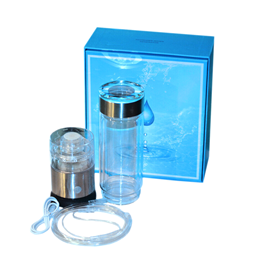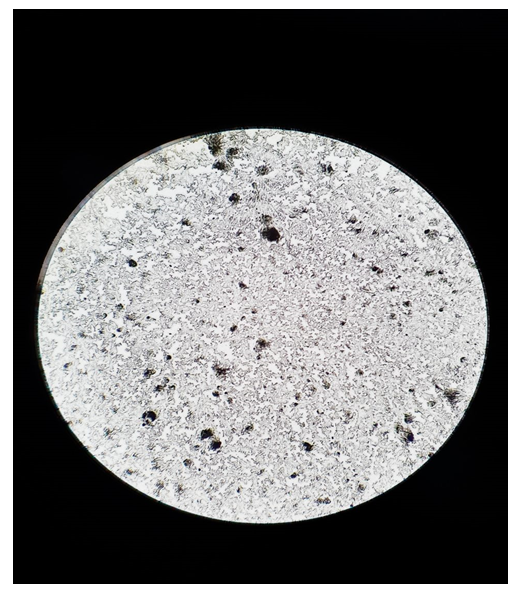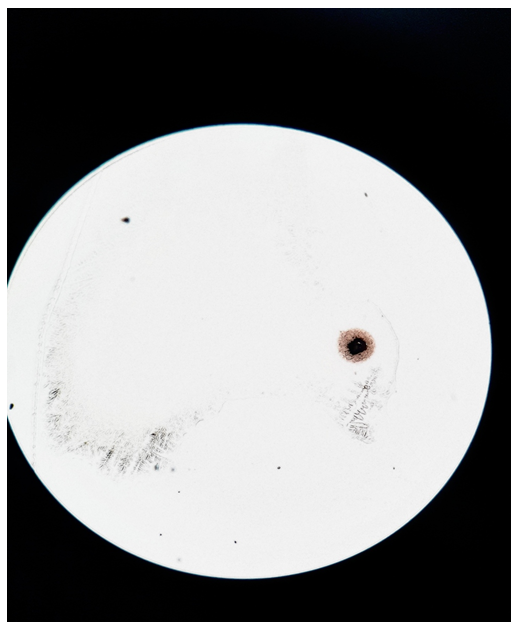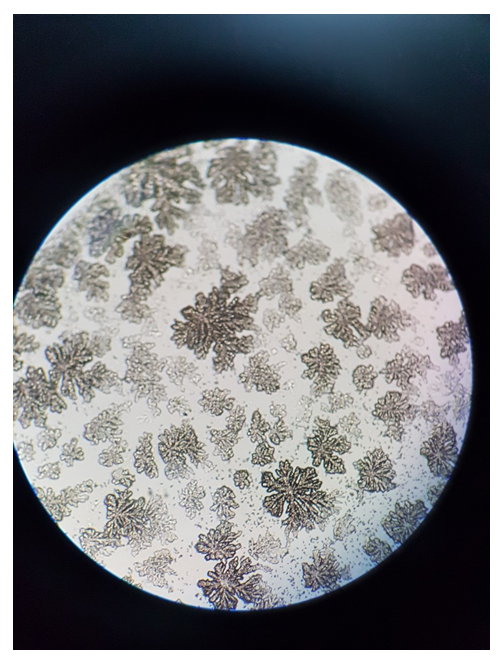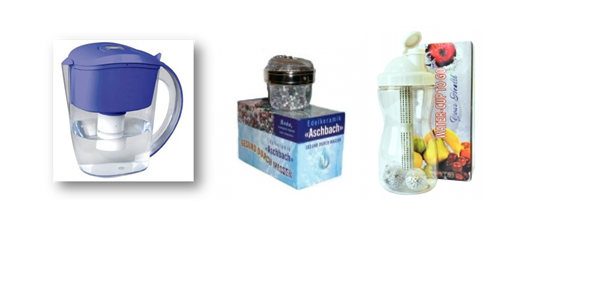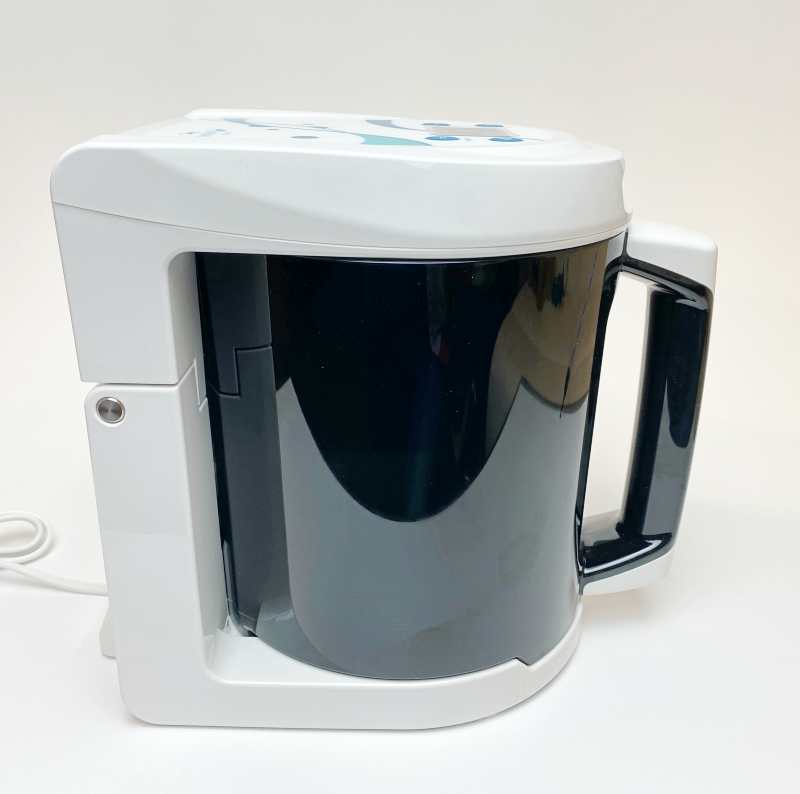- Dina Aschbach
- Uncategorised
Why should the osmosis system be supplemented with a mineralization and ionization flask?
Doctors have a certain opinion about reverse osmosis water purification technology, which takes into account both the positive and negative aspects of this technology.
Positive aspects of technology:
Reverse osmosis cleans water well from organic and chemical impurities, salts, and bacteria. Effective water purification is explained by the structure of the filter, which allows water molecules to pass through, but retains most of the pesticides, nitrates, radionuclides, viruses, microorganisms, and harmful chemical impurities. Chlorine molecules, dissolved carbon dioxide and volatile organic substances (insecticides and herbicides) are not retained by osmosis because they are smaller than water molecules. Therefore, many reverse osmosis filters have pre-filters, the function of which is to remove this "trifle" from the water.
Negative aspects of technology
Reverse osmosis makes water with an acidic pH.
There is a lot of talk about oxidation of the body and oxidation diseases. Both doctors and patients know that the acid-alkaline balance of nutrition in modern conditions is disturbed. 80% of the foods we consume release acids when broken down. After all, our blood is alkaline - it has a slightly alkaline pH of 7.35-7.45. The body keeps these parameters very strictly, because the elimination of the limit of these parameters entails catastrophic consequences for a person, up to death. Therefore, the body throws away all its alkaline reserves (these are minerals), pulling them out of the teeth, bones, and muscles, in order to prevent the elimination of the pH of the blood. Water after osmosis treatment has an acidic pH: from 56 to 62. Taking into account the shift in the balance of food to the acidic side, the use of acidic water also leads to mineral deficiency diseases and diseases of body oxidation.
Reverse osmosis increases the redox potential (redox potential) of water.
Tap water already has a high redox potential (from plus 200 mV to plus 280 mV), which makes it a free radical in relation to body cells. Osmosis further increases the oxidizing-radical properties of water. Water after osmosis has a redox potential of plus 250 mV to plus 350 mV. The occurrence and development of more than 20 diseases, including diabetes, atherosclerosis, hypertension, and cancer, are now associated with the damaging effect of free radicals.
Reverse osmosis makes the water weakly mineralized. And double osmosis makes the water generally distilled.
In most reverse osmosis filters, water mineralization is within 30-50 mg/l. For comparison: in distilled water, this indicator is equal to 10 mg/l, and the level of mineralization recommended by WHO for drinking water is 1000 mg/l!!
This means that after purification by osmosis, the whole family drinks water containing very few minerals (and minerals are the main components of bone, muscle, nervous tissue, are part of almost all organs - the liver, thyroid gland, heart, spleen), play the most important role in the functioning of the heart.
The main argument of the osmosis manufacturer is that the minerals in the water are inorganic salts and are absorbed by the human body by only 15%. The remaining salts will remain insoluble and will be deposited in organs and tissues.
And this is really not an advertising statement of the seller-manufacturer. In the West, they realized the small value of inorganic salts of minerals for humans. Medical doctor AntoniusM. Schmid writes in his article "Mineral water: good or bad:
"It is surprising that doctors do not understand the big difference between inorganic and organic minerals. Inorganic salts of minerals are useless to our body, they are even harmful. They attach to cholesterol crystals and form hard, insoluble compounds with vessel walls that narrow the vessel walls. They are deposited on the walls of the kidney glomeruli and eventually lead to limitation of kidney function. Kidney stones are formed from them. You can compare what happens to the blood vessels and glomeruli of the kidneys in your body with what happens to the water supply pipes, on which you can clearly see calcium deposits - the vessels are also calcified and covered with a hard plaque that narrows their lumen.
But without minerals at all - even without these 1%, which are still absorbed by the body, it also turned out to be bad. Doctors who encounter diseases caused by drinking osmotic water write a lot about this. And the manufacturer himself realized his mistake and is now adding minerals to the new generation osmosis system. But it takes about 36, and adds 2 - calcium and magnesium. And again in the form of non-absorbable inorganic salts.
In my profession related to health and water, I encounter more often than other doctors the problems of people who use water after osmosis filters.
This is what I observed during my practice:
• Mineral deficiency diseases – osteoporosis and periodontal disease
• Aggravation of problems with the spine and joints - disc protrusions, resorption of bone tissue, arthrosis.
• Worsening of vision problems - progression of cataracts, myopia in children. Glaucoma improves faster - but I can't say for sure.
• Adverse effect on the activity of the thyroid gland. If there was already hypo or hyperthyroidism, the condition worsened.
• Viral, herpes infections. Most often a virus Epstein-Barr. It is not related to water contamination, most likely - demineralized water changes the processes of absorption in the intestines and thus disrupts the balance of bacteria in the intestines, which creates a favorable environment for the development of viral and herpes infections.
• Direct action on the intestinal mucosa, as a sign - increased gas production.
• Allergic reactions in children. Apparently due to oxidation of the body.
So: Osmosis is a good water purification system with a few major flaws.
• Acidic pH
• Increased redox potential (redox potential) of water
• Lack of minerals in the water.
The third point is quite difficult to solve. Simply adding minerals in the form of inorganic salts will not solve the problem - as you already understood, they are inefficiently broken down in the human body - ie. have poor digestibility.
Two types of minerals are well absorbed: in ionized form and in the form of organic salts (because the body itself can convert them into ionized form). As for the organic salts of minerals, we will leave them to the pharmaceutical industry. She has already well understood, understood this problem and earns millions from it - she produces minerals in the form of organic salts (mainly chelates), the so-called "living minerals". Mineral ions, being in the shell of amino acids, are easily broken down by the body. But the cost! - Chelated minerals are expensive and it makes no sense to buy a reverse osmosis filter first and then to buy chelated minerals.
Can these disadvantages of osmosis be eliminated effectively and inexpensively?
My company has been working on this issue for several years and has created an osmosis mineralizer in the form of an Ashbach flow-through flask, which can be combined with all household filter systems.
The filter-mineralizer "Ashbach" is filled with:
• mineral granulate, which releases calcium, potassium, magnesium, silicon, zinc, fluorine, iron, manganese, selenium, sodium, etc. minerals into the water.
• tourmaline, which ionizes water and gives it a negative redox potential.
• Alka-mineralizing minerals that make water alkaline.
Thus, with the help of the "Ashbach" water mineralizer, all the shortcomings of osmosis systems are eliminated. A person receives clean water, saturated with minerals in an ionized digestible form, the negative redox potential of water gives it antioxidant and immunocorrective properties, the alkaline pH of water resists oxidation of the body.





